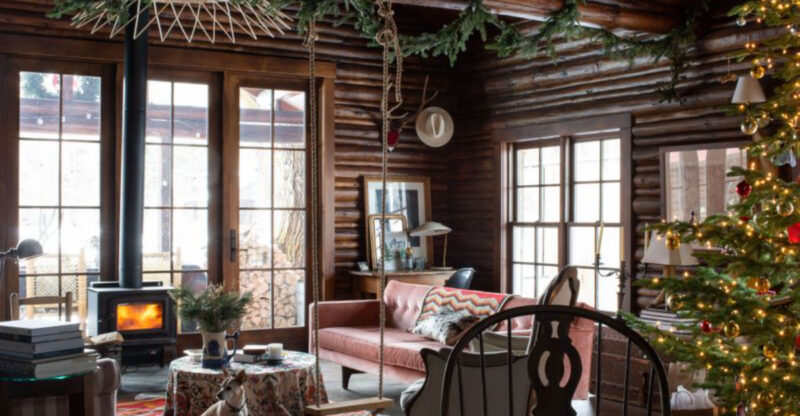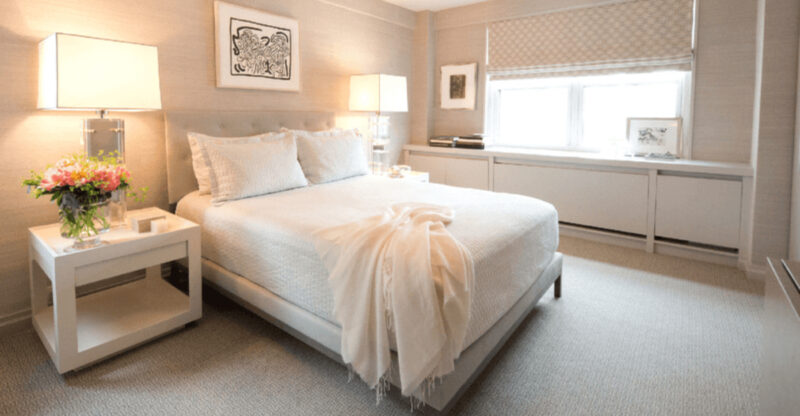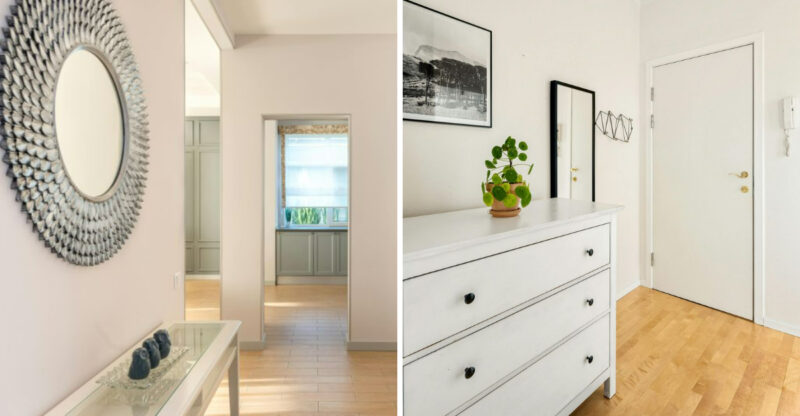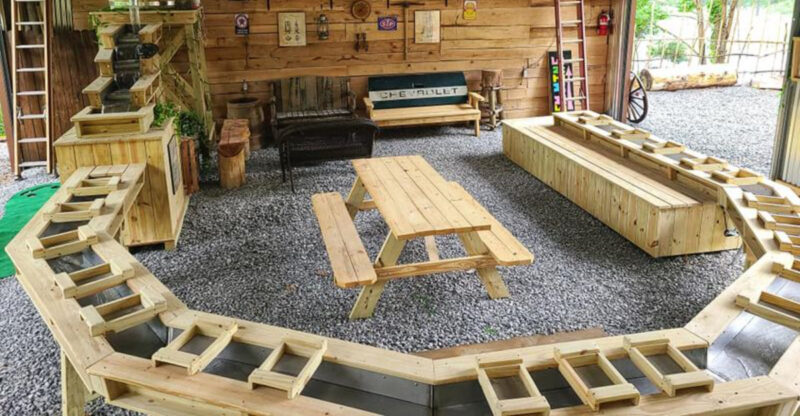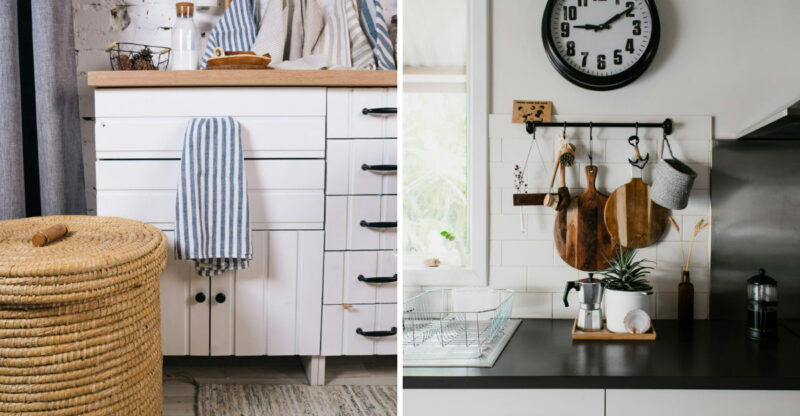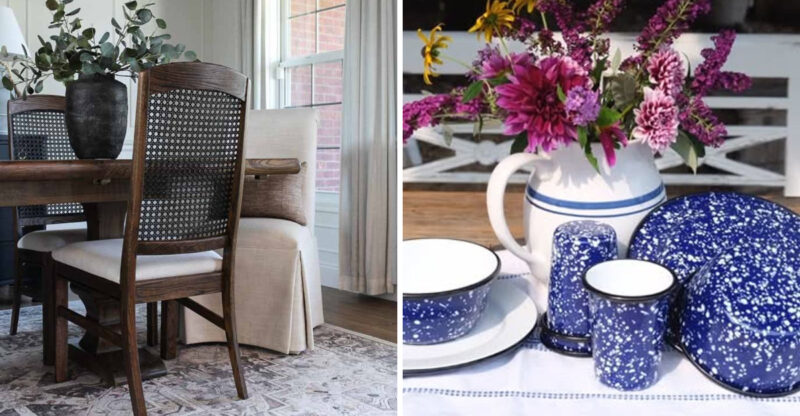9 Common Decorating Mistakes That Can Make Your Home Look Cheap
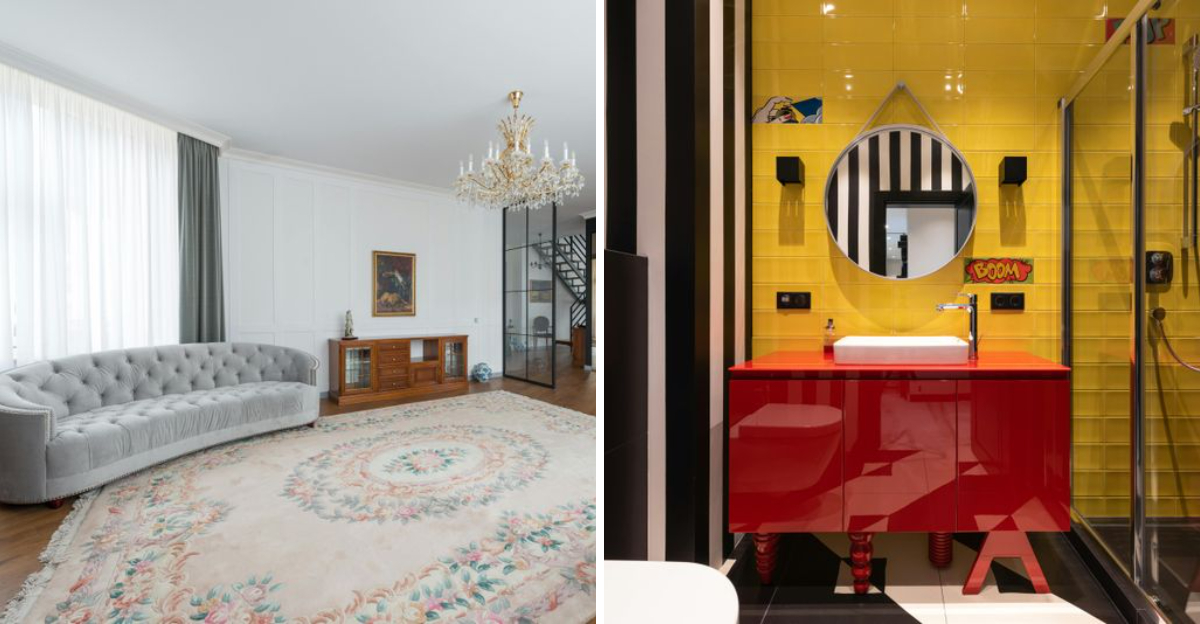
Did you ever walk into a room and feel like something’s just… off? Even the most well-intentioned decorating choices can sometimes make a space look less polished than you’d hoped.
The good news? A few small tweaks can completely change the vibe of your home.
Let’s walk through common decorating mistakes that can unintentionally cheapen your space, and how to fix them. Design preferences vary, and not all tips apply to every style or home layout.
1. Cramming Every Corner With Clutter
When every surface holds a trinket, your space transforms from cozy to claustrophobic faster than you can say “yard sale find.” Too many items fighting for attention create visual noise that screams, “I don’t know what matters!”
Quality trumps quantity in sophisticated spaces. Select fewer, more meaningful pieces that tell your story without shouting it.
Remember the designer’s secret, negative space is just as important as what you put in a room.
2. Furniture That Doesn’t Match Your Life
How often have I walked into homes with flimsy particleboard shelves sagging under the weight of books, or dining chairs that wobble with the slightest movement? Mismatched furniture styles can look like random garage sale finds rather than intentional design choices.
Investing in quality pieces that complement each other creates harmony. The furniture doesn’t need to be expensive, it needs to be consistent.
Mix budget finds with statement pieces for a curated look that feels purposeful rather than penny-pinching.
3. Artwork Hanging At Awkward Heights
If your art requires neck exercises to view properly, we have a problem. Hanging pictures too high creates a disconnected feeling in the room, while too low makes everything feel squatty and compressed.
The center of artwork should hang at eye level, approximately 57-60 inches from the floor. This gallery standard instantly elevates your space from amateur to polished.
When grouping pieces, think of them as a single unit rather than separate entities floating randomly on your wall.
4. Relying Solely On Harsh Overhead Lighting
Are you living under the interrogation lamp look? Nothing screams “budget apartment” like a single overhead light casting unflattering shadows across your space. Lighting creates atmosphere, and one source can’t possibly do all the heavy lifting.
Layer your lighting with a mix of ambient, task, and accent fixtures at different heights. Even inexpensive table lamps strategically placed around a room create depth and warmth.
Dimmer switches are your best friends. They let you adjust the mood without changing fixtures.
5. Skimping On Window Treatments
Where are your curtains hiding? Naked windows or those skinny, straight-from-the-package panels that barely cover the glass make rooms look unfinished and temporary, like you’re still waiting to properly move in.
Proper window treatments should be wide enough to frame the window generously and long enough to kiss the floor. Even budget-friendly curtains look luxurious when hung high and wide.
The extra fabric creates an illusion of larger windows and higher ceilings. It’s an instant architectural improvement without construction.
6. Overdosing On Trendy Decor
Did you buy everything the influencers told you to last season? That’s how you end up with a home that looks like a dated catalog rather than a timeless sanctuary. Trend-heavy spaces scream “I’ll look cheap next year!”
Trends should be sprinkled in, not poured on. Incorporate them through easily replaceable items like pillows or small accessories.
Keep your bigger investments (sofas, tables, rugs) in classic styles that won’t make you cringe in photos five years from now. Your future self, and wallet will thank you.
7. Ignoring Scale And Proportion
Though it seems counterintuitive, tiny furniture floating in a large room looks far cheaper than appropriately sized pieces. Proportion problems make spaces feel awkward and uncomfortable, like wearing shoes three sizes too small.
Furniture should relate to both the room size and other pieces around it. A properly scaled coffee table reaches about two-thirds the length of your sofa.
Area rugs should extend under furniture legs, not stop short like tiny islands. These simple adjustments make spaces feel intentionally designed rather than randomly assembled.
8. Choosing Harsh Or Dated Wall Colors
If your walls are screaming louder than your guests, we have a problem. Neon green might have seemed fun at midnight after three margaritas, but living with it creates a funhouse effect rather than a sophisticated ambiance.
Wall color sets the foundation for everything else. Soft, complex neutrals or muted tones create a more expensive-looking backdrop than intense, saturated hues.
When in doubt, sample before committing. Paint colors can shift dramatically depending on your lighting and room orientation.
9. Tangled Cords Creating Visual Chaos
Nothing says “I don’t care about details” like a nest of black cables slithering across your floor. Visible cords instantly cheapen even the most expensive electronics and furniture, drawing the eye to exactly what you don’t want people noticing.
Cable management doesn’t require fancy solutions. Simple cord covers, zip ties, or even decorative boxes can corral the chaos.
Position furniture strategically to hide outlets and cords. This small effort makes a disproportionately large impact on how polished and intentional your space appears.

